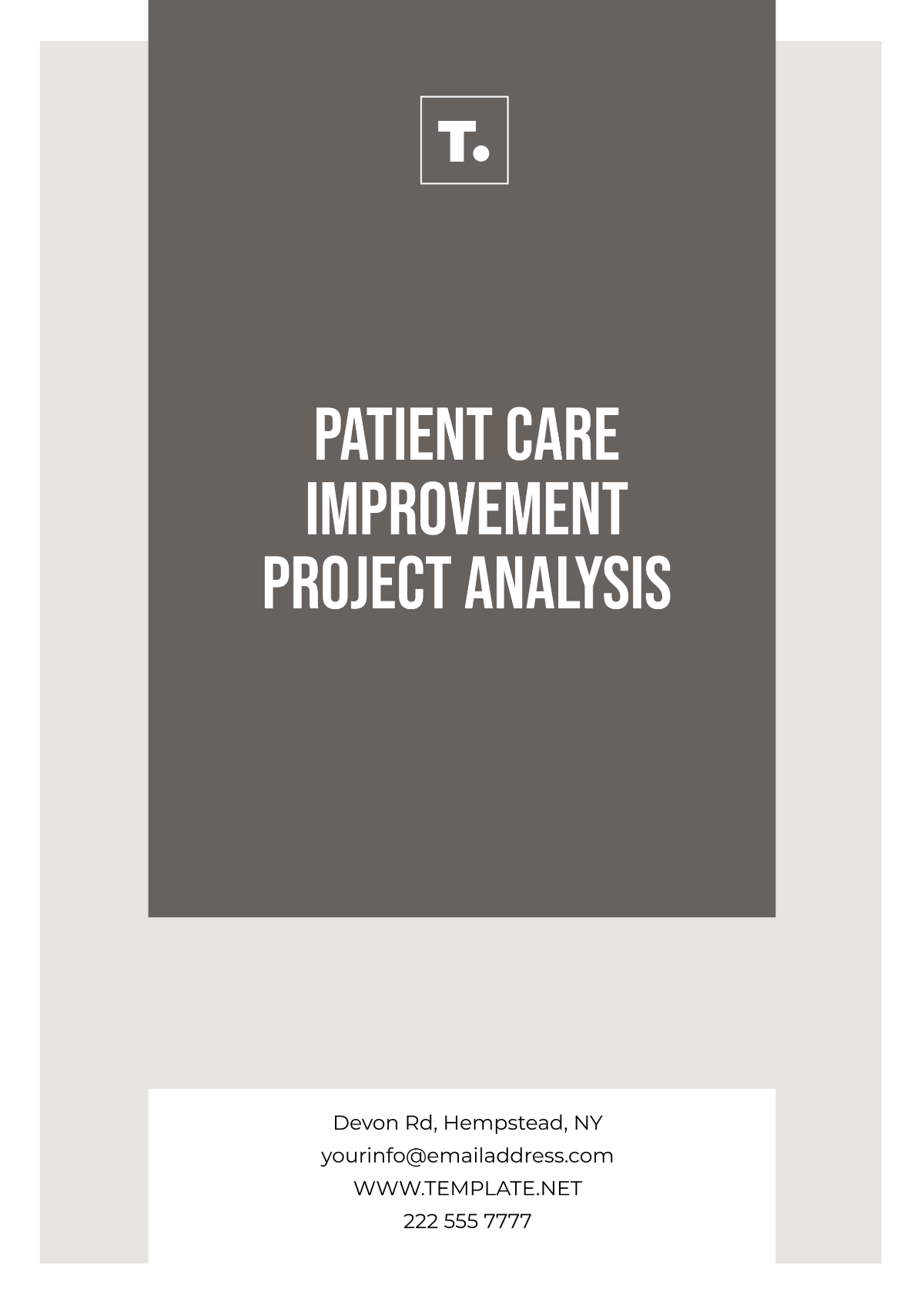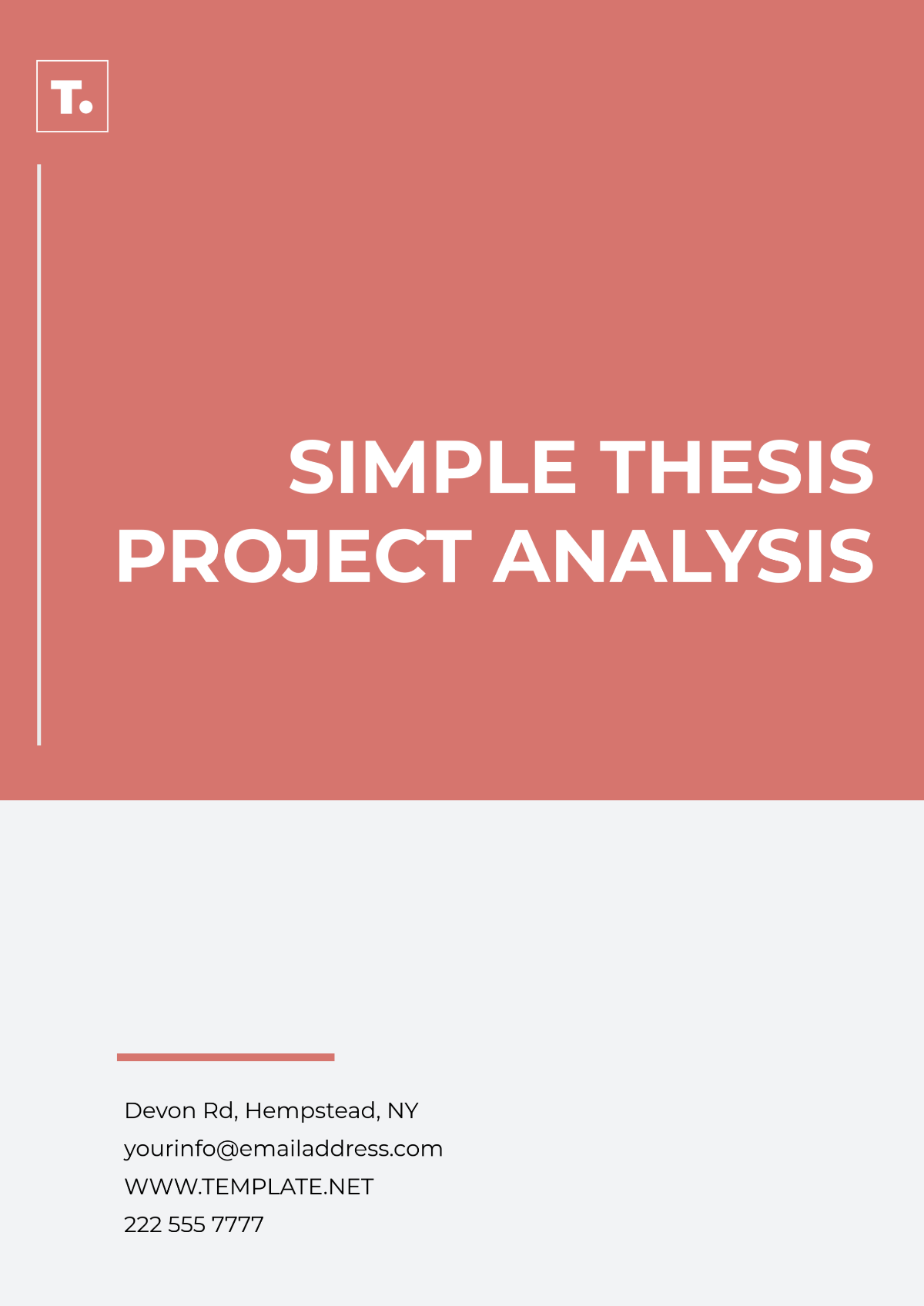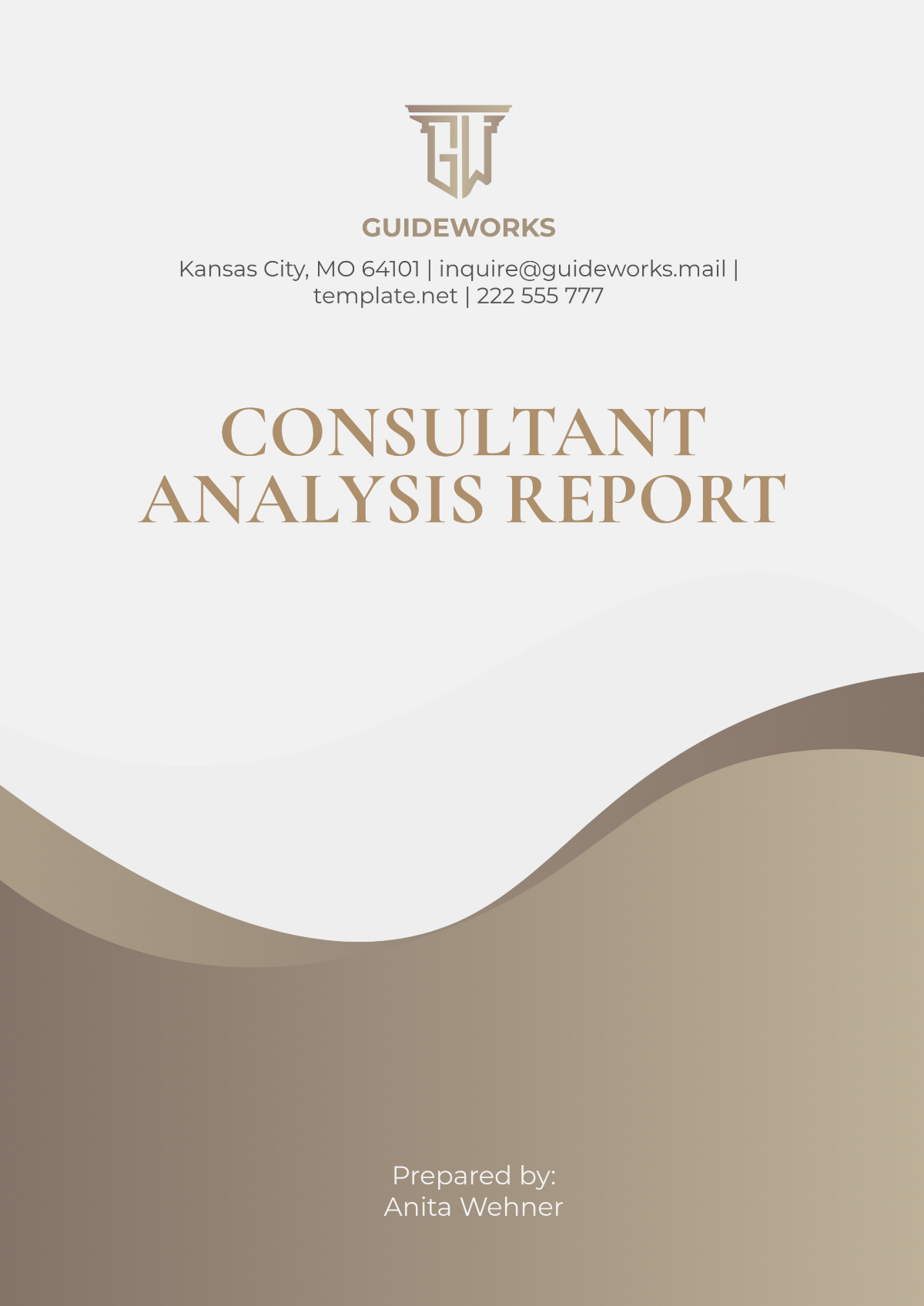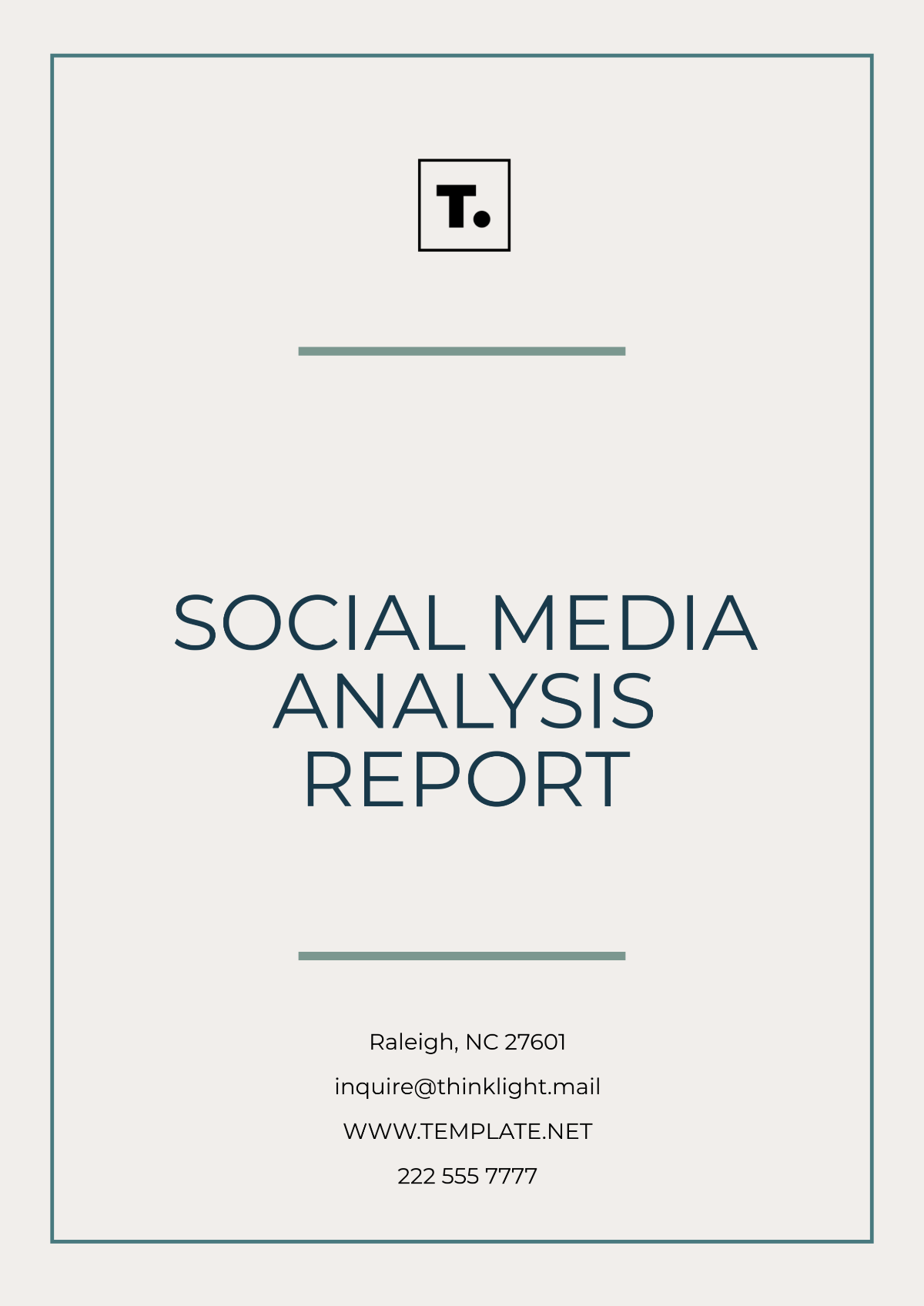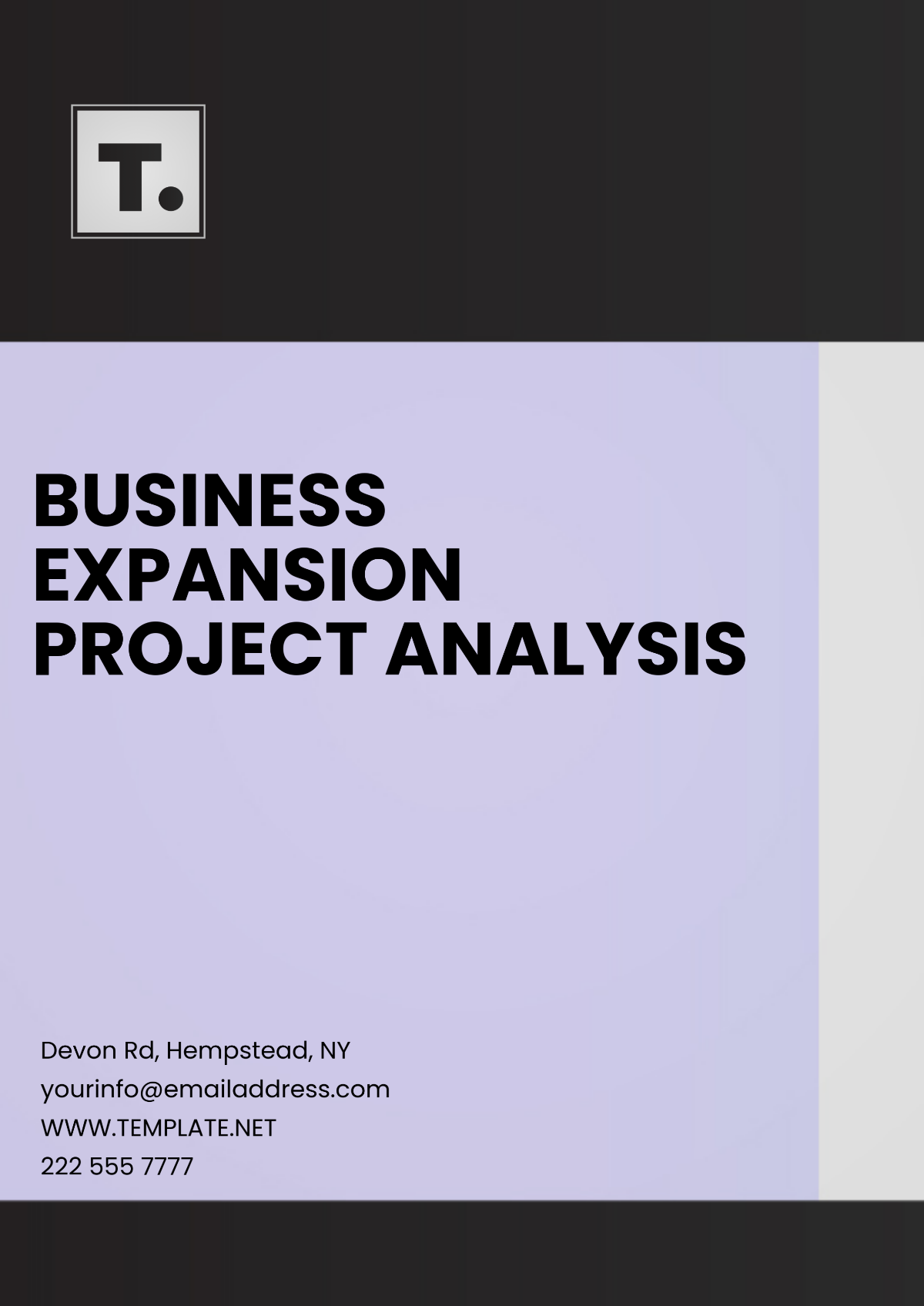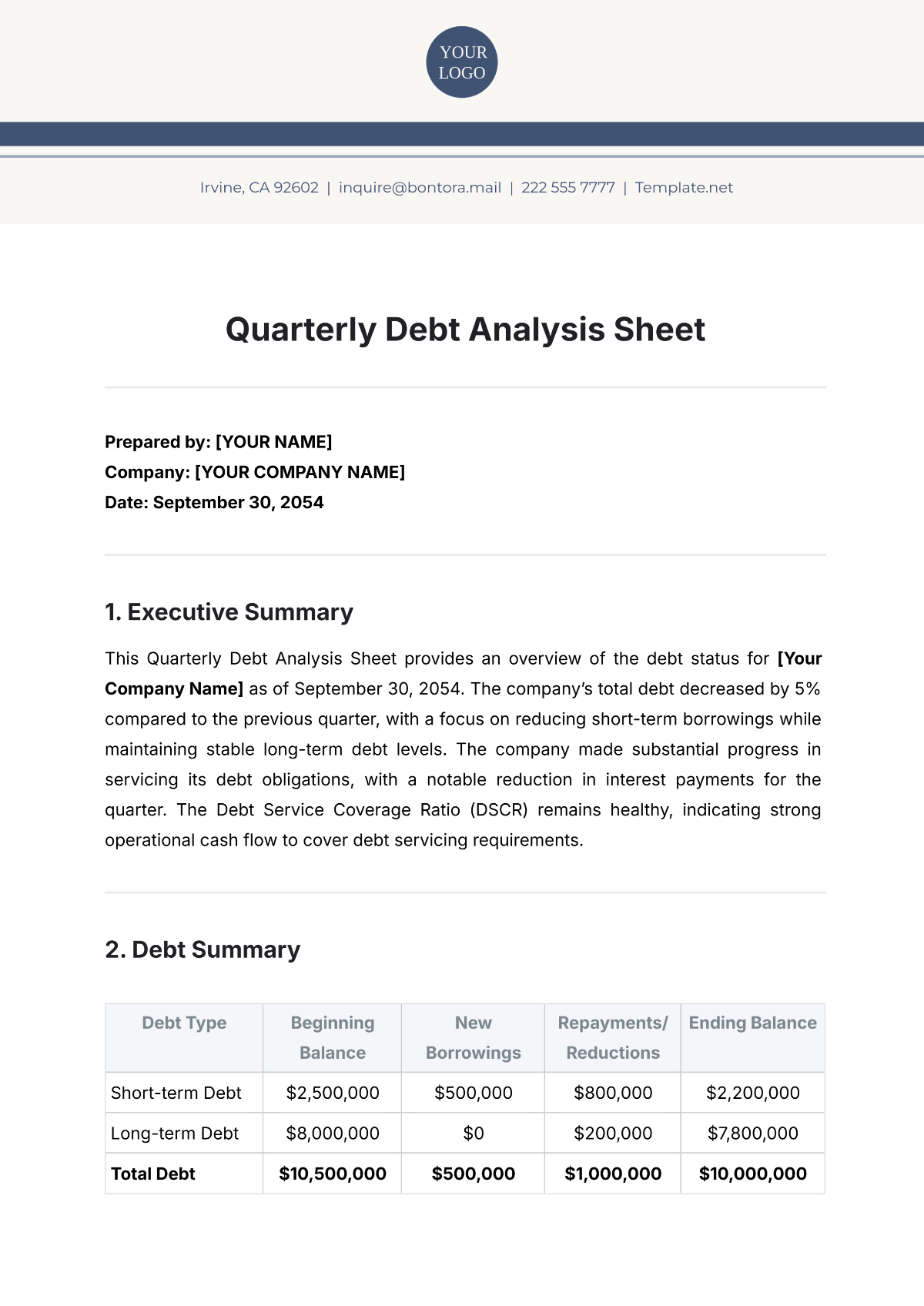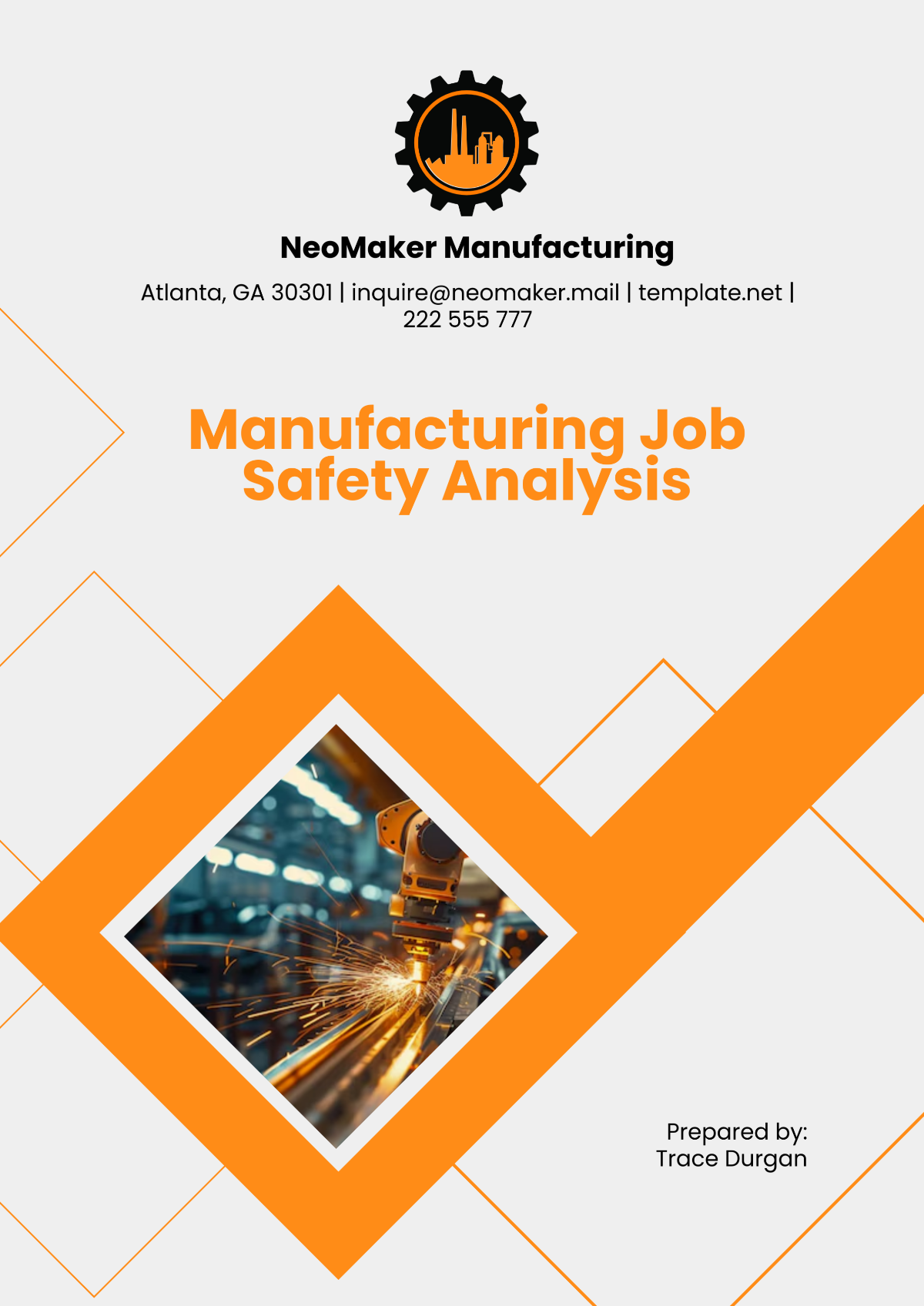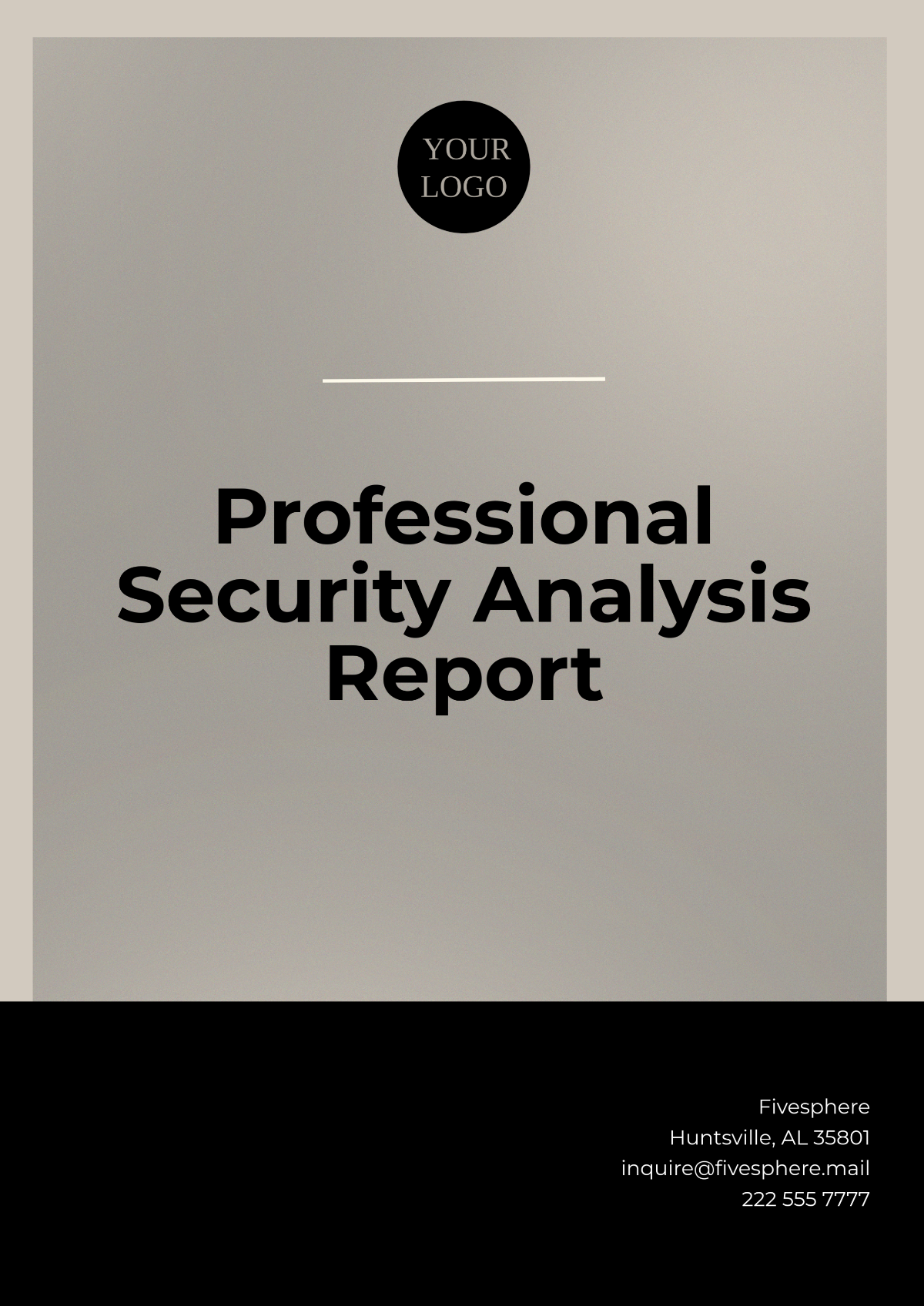Health Campaign Discourse Analysis
Prepared by: [YOUR NAME]
Date: [DATE]
I. Introduction
Health Campaign Discourse Analysis is a meticulous examination of the language, messaging, and communication strategies deployed in health campaigns. This comprehensive analysis aims to understand how these elements shape public perception, influence behavior, and alter attitudes toward various health issues.
II. Verbal Communication in Health Campaigns
A. Language and Terminology
The choice of language and specific terminology used in health campaigns can significantly affect how the public perceives the information. Clear, understandable language can improve comprehension, whereas technical jargon may alienate or confuse the audience.
Positive Aspects | Negative Aspects |
|---|---|
Simple Language | Technical Jargon |
Inclusive Terminology | Exclusive Language |
B. Messaging Strategies
Messaging strategies are the techniques used to deliver the campaign's key points. Various strategies have varying impacts on different demographics.
Emotional Appeals: Engages the audience's emotions to create a personal connection.
Logical Appeals: Uses facts, statistics, and logical reasoning to persuade the audience.
Ethical Appeals: Builds credibility and trust by highlighting ethical and authoritative aspects.
III. Non-verbal communication in Health Campaigns
A. Visual Elements
Visual elements, such as images, videos, and infographics, play a crucial role in reinforcing the campaign's message beyond words. The effectiveness of visual elements can be measured by their ability to attract attention, convey messages quickly, and evoke emotional responses.
Element | Purpose | Impact |
|---|---|---|
Images | Illustrate health conditions or behaviors | High |
Videos | Explain concepts and share testimonials | Very High |
Infographics | Present data in an engaging way | Moderate to High |
B. Body Language and Gestures
The body language and gestures of campaign spokespersons can enhance or detract from the message. Positive body language can build trust and reinforce sincerity, whereas negative gestures can create distrust or disinterest.
Open Posture: Conveys honesty and openness.
Eye Contact: Builds connection and trust.
Facial Expressions: Reflects emotions and enhances verbal messages.
IV. Impact on Public Perception, Behavior, and Attitudes
A. Measuring Public Perception
The effectiveness of a health campaign can often be measured by changes in public perception. Surveys, focus groups, and social media analysis can provide insights into how the public perceives the health issues addressed in the campaign.
B. Behavioral Changes
A successful health campaign not only informs but also motivates behavioral change. This can include adopting healthier habits, seeking medical advice, or changing attitudes towards health practices.
Increased awareness and understanding of health risks.
Adoption of preventive measures such as vaccinations.
Greater inclination towards regular health check-ups.
C. Shifts in Attitudes
Campaigns aim to shift public attitudes towards more positive health behaviors and beliefs.
Before Campaign | After Campaign |
|---|---|
Indifference toward health issues | Increased concern and proactive behavior |
Low trust in health advice | Enhanced trust in medical recommendations |
V. Conclusion
Health Campaign Discourse Analysis offers critical insights into the effectiveness of health communication strategies. By assessing both verbal and non-verbal elements, we can better understand how messaging influences public perception, behavior, and attitudes. This thorough evaluation can guide the design of more effective health campaigns in the future.




